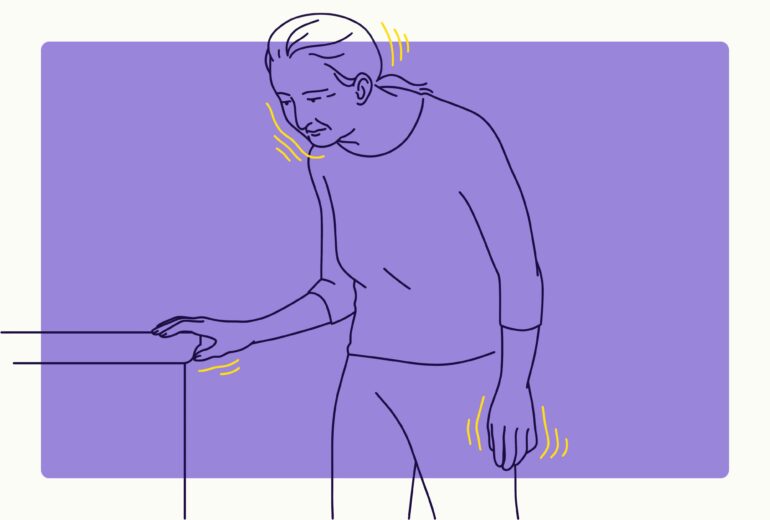TL;DR:
- Oxford University researchers use wearable sensors and machine learning to track Parkinson’s disease progression.
- Data analysis from sensors worn by patients reveals the evolution of motor symptoms over time.
- Traditional assessment methods often rely on subjective observations, causing delays in diagnosis.
- The integration of sensor data and machine learning leads to more precise and timely diagnoses.
- This approach holds promise for improving care protocols for neurological disorders beyond Parkinson’s.
- It also accelerates clinical trials and drug development by identifying effective treatments early.
Main AI News:
In the realm of cutting-edge healthcare innovation, a group of researchers from Oxford University is spearheading a transformative approach to Parkinson’s disease management. Harnessing the power of wearable sensors and sophisticated machine-learning algorithms, this initiative aims to revolutionize the monitoring and diagnosis of this debilitating neurological condition.
The Department of Clinical Neurosciences at Oxford University, based in the United Kingdom, has undertaken groundbreaking research that underscores the potential of machine learning – often simplistically labeled as “artificial intelligence” – in analyzing data from sensors worn by Parkinson’s disease patients. The research primarily involves the meticulous analysis of data gathered during routine activities like walking and standing, with participants undergoing assessments every three months. The findings of this study unveil a pivotal breakthrough in enhancing the accuracy of both diagnosis and prognosis.
The significance of being able to track the progression of motor symptoms in individuals afflicted with neurological disorders, such as Parkinson’s disease, cannot be overstated. Current assessment methods, which rely heavily on subjective observations and ratings based on physical examinations, often lead to delayed detection of disease progression. However, the introduction of sensor devices strategically placed on patients’ torso, wrists, and feet, coupled with the formidable capabilities of machine learning, promises a quantum leap in accuracy. This innovative approach ensures precise diagnoses, regardless of the severity of Parkinson’s disease, and holds promise for application in similar disorders.
Beyond its implications for individual patient care, this breakthrough has far-reaching consequences for clinical trials and drug development. Typically, these endeavors demand extensive time and resources. Identifying genuinely effective pharmaceuticals early in the process is critical to expediting progress. The integration of this advanced system empowers researchers to distinguish promising drug candidates from others with unprecedented efficiency, offering hope for accelerated advancements in the field.
Conclusion:
The integration of wearable sensors and machine learning in Parkinson’s disease management signifies a groundbreaking advancement with broad implications. It promises more accurate diagnoses, better care adaptation, and streamlined drug development processes, marking a significant stride in the healthcare market toward improved patient outcomes and more efficient research and development efforts.

